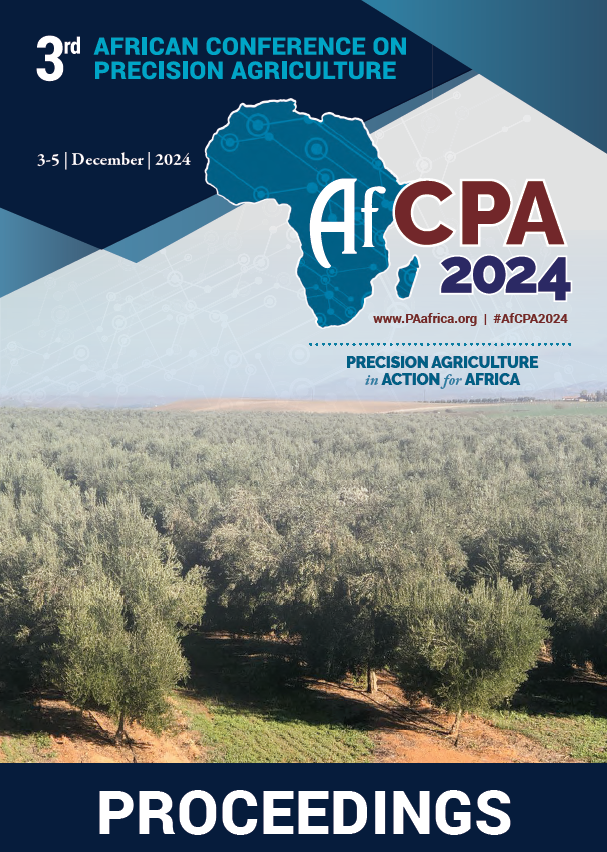Download the Conference Proceedings
Proceedings
Authors
| Filter results2 paper(s) found. |
|---|
1. Application of precision agriculture technologies in grazing: example of goats browsing in forest rangelands of Northern MoroccoThe aim of this study was to characterize patterns of grazing behavior of goats in a Mediterranean forest rangeland. We conducted a one-year study in the Chefchaouen region, Northern Morocco, during two contrasting seasons (spring and summer) using new technological tools. Eight goats were simultaneously fitted with GPS collars and sensors for 3 days during each season. A calibration study and classification tree analysis were used to predict other grazing activities of goats (eating, walking,... Y. Chebli, S. El otmani, M. Chentouf, J. Hornick, J. Cabaraux |
2. Using Precision Technologies to Monitor the Grazing Activities of Goat in a North African WoodlandIn the north of Africa, browsing on natural pastures is the main source of feed for domestic goats. Livestock farming, particularly grazing goats, constitutes the prevalent agricultural activity in the mountainous areas of Morocco. Data on animal behavioral activities are essential for understanding their feeding and their interaction with the environment in order to define the optimal management intervention strategies. The recent development of precision farming technologies and the increasing... Y. Chebli, M. Chentouf, J. Cabaraux, S. El otmani |
